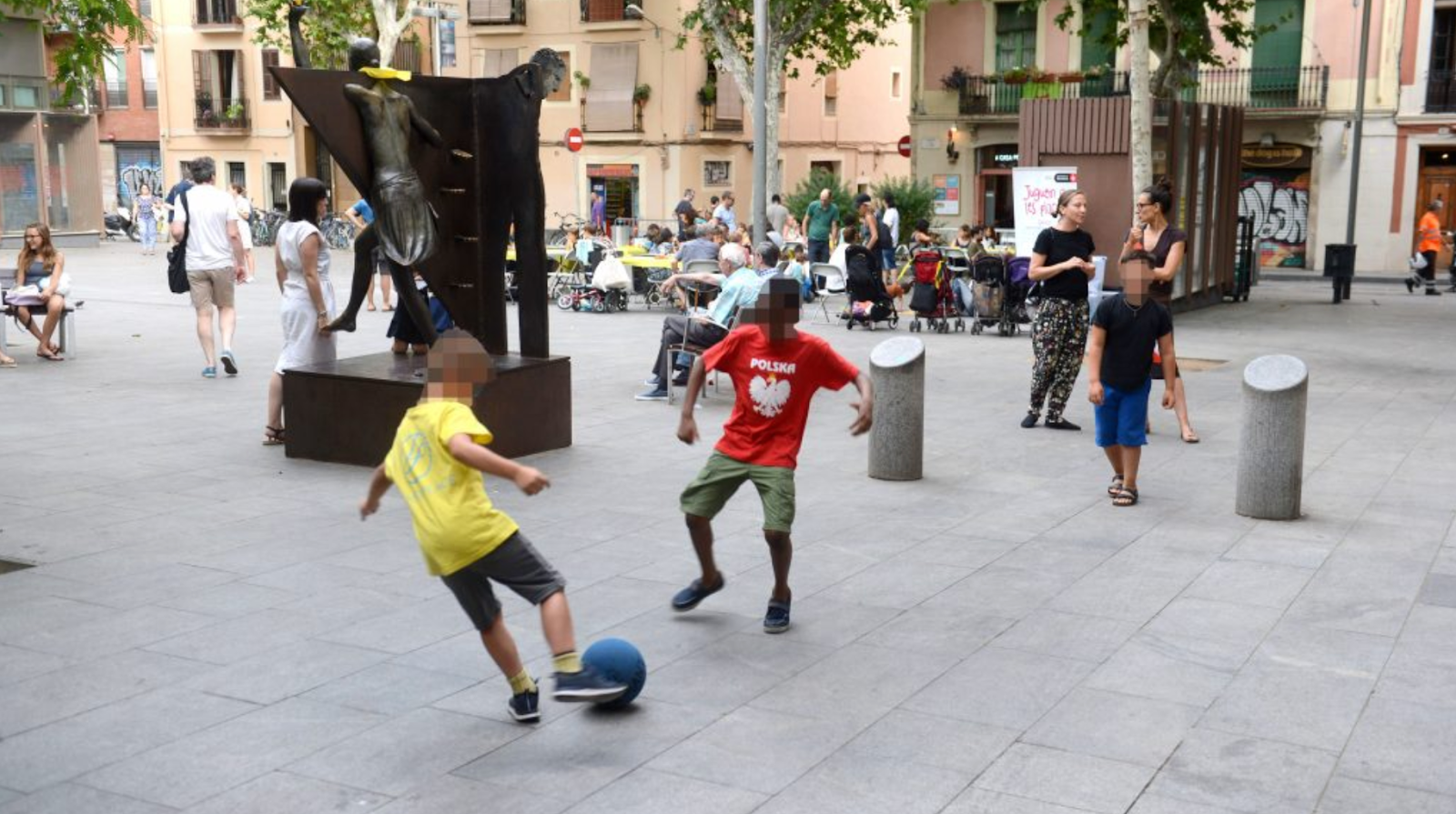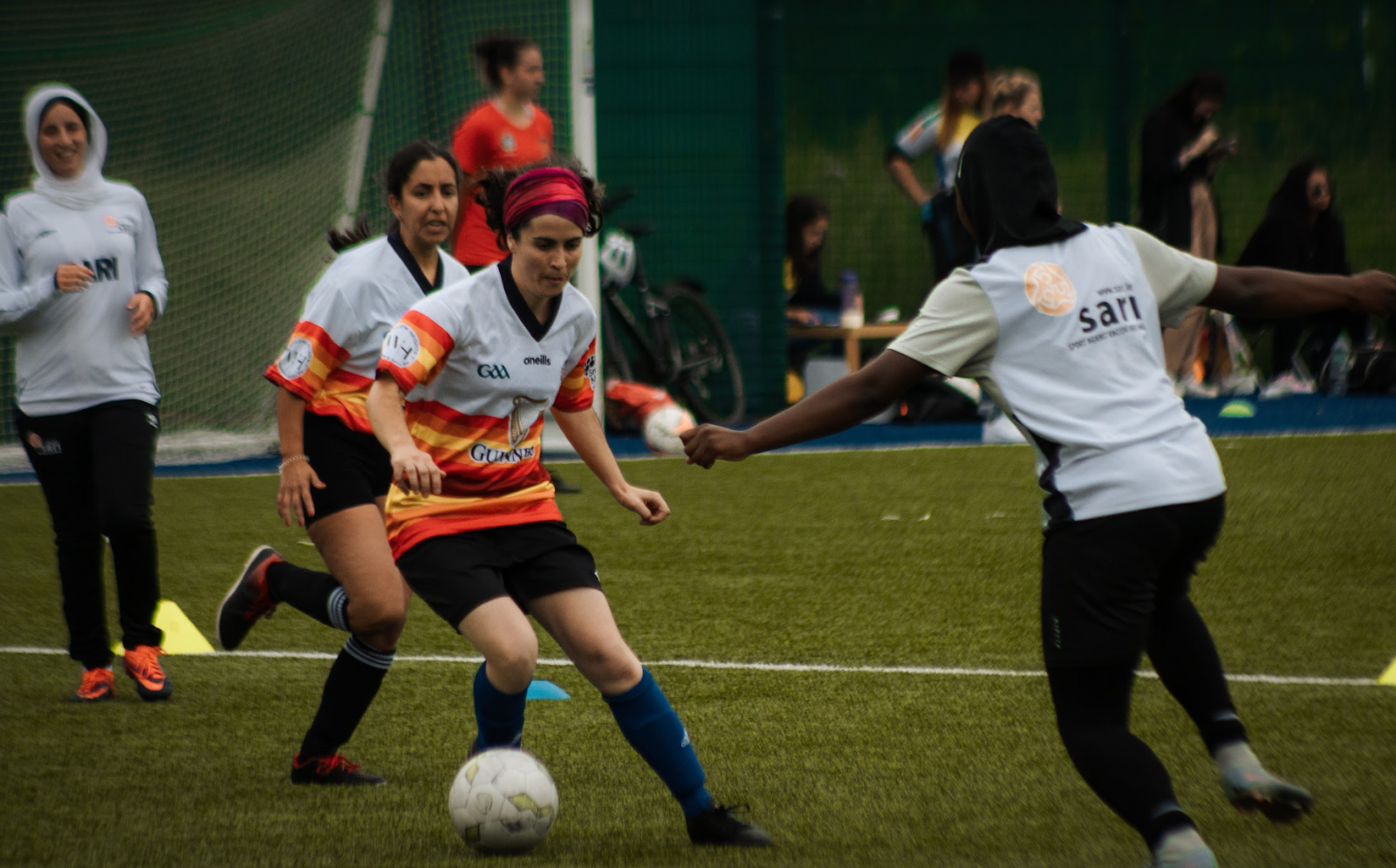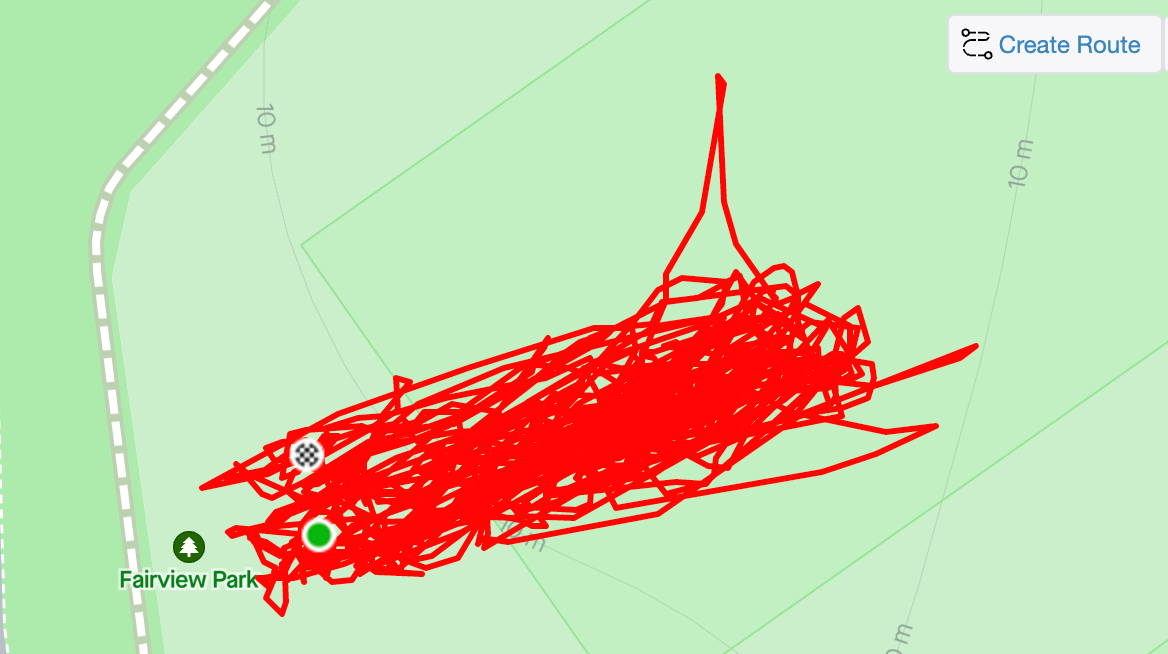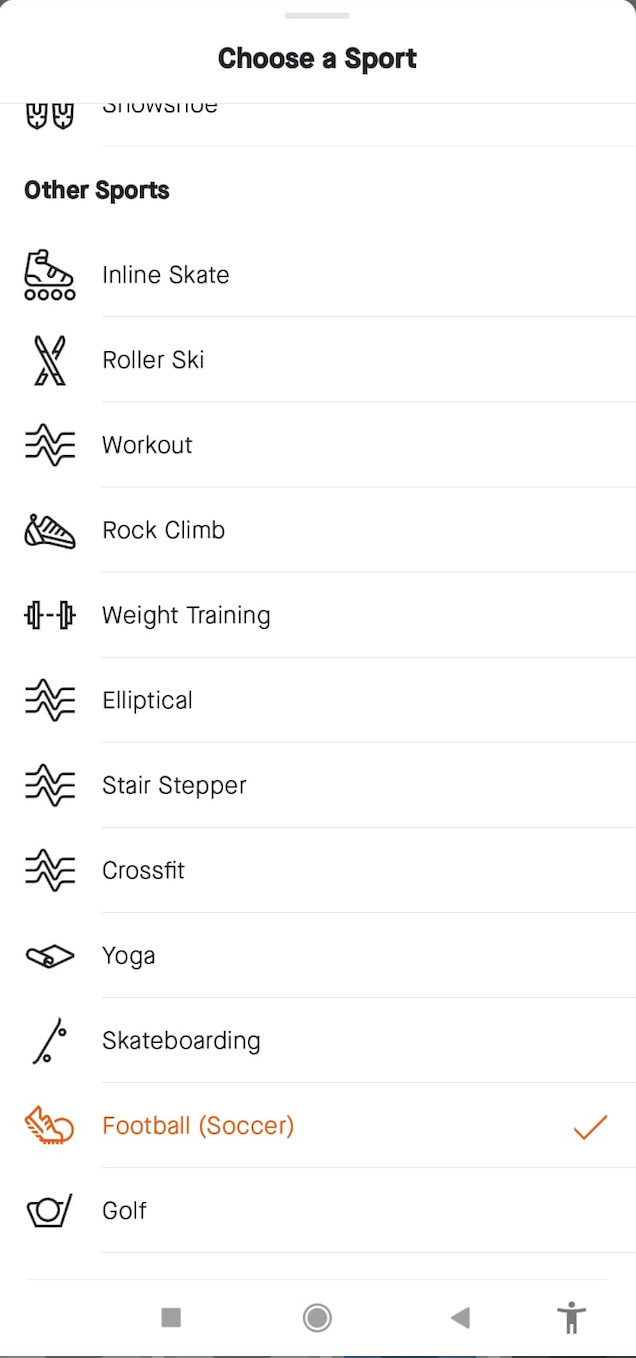If you are a football/soccer player or enthusiast, you may find this article interesting. Do not worry if you are not an expert in football, I still miss a few offsides when the referee blows his whistle; or, mix-up some professional players' positions but, as with most things in life, it only takes a little bit of passion to get you somewhere— and, if a person is determined enough, those times spent on street matches with careless abandon for any rule may have been the first crucial step to develop the skills they need to get hired by the best football clubs in the world. Given a few more years of hard training and experience, they could be on their way to winning their first Ballon d’Or.
The funny thing about football is that you do not really need a very high budget to play it —where I am from, kids learn how to play it in plazas, rules are secondary, and being the top scorer is what matters the most. Nevertheless, over time they learn that one of the most important elements in football is communication between players, “and all player’s positions are key to keep the game in play”. Even the best players in the world can’t make it very far without their teammates.

Football is not just a sport, but an inclusive experience for all to enjoy, be it in the comfort of your own home, or while chanting with thousands of people in a stadium.
In my home province, Barcelona, one of the most visited tourist attractions is precisely the FCB Stadium, better known as “Camp Nou” or “The New Ground”. And I can confirm this quite emphatically, not only because there are statistics that support this, but also because I had the pleasure of working in the tourism sector in the past and could see how that stadium welcomed millions of people every year.
The city, and even sometimes the country, gets partially paralysed every time the typical “Clásico” is played at home; especially, if both teams compete in the final for the “UEFA Champions League” or “La Liga”. You will probably know what I am talking about: Culés against Merengues; but for those who are not familiar with these specific soccer nicknames, I am referring to FCB (Football Club Barcelona) vs RM (Real Madrid).
It is not that I want to delve into another topic that is not football related, but if you want to enjoy a romantic dinner in a restaurant in Barcelona or in any Spanish city, the best day to do this is precisely the day of the “Clásico”, since you will most likely find a spot in many restaurants considering that half of the Spanish population will be in pubs or in their homes watching the match. Of course, you might have noticed I am exaggerating a little bit, and please, do not blame me if you are unable to book a table for the next Clásico on the 19th of March 2023, but if you are a local or a football fan, you will probably agree with this joke.
The controversy between playing or simply being a mere spectator is often debated. Personally, I like both, although if I have to choose, I prefer playing!
Would you rather play or watch?
Whether you play football or just like to watch the World Cup, I have good news for all of you: you can now track your football sessions, or view your followers’ football activities on Strava!
Football/Soccer Activity type:
Yes! I know this is what you have been waiting for for a long time, myself included. Although I have played football since I was a kid, I can say I started to practice football as a routine 6 years ago and I missed the fact that I could not record my sessions on Strava. Technically, I could record my sessions as “run” but this was impacting my running distance stats, so I finally opted to record my sessions as “other” or “cardio”. However, using the cardio-type activity did not activate the GPS in my device, so that’s why I used to select “other” activity type as a good workaround if I wanted to see the map.
Heatmap or conventional map style? 

Regarding maps, I take advantage of this section to explain a feature that I have recently started using to analyse my football training and that some of you might have already heard about before: The heatmap.
As you can see above, the picture on the top is the regular map style, whereas the bottom picture is the heatmap style.
To give you more context about why this feature was created it is important to know that the Existing map styles drew a line tracing out the activity GPS trajectory. This worked well for some specific sports such as runs, rides and hikes where the entire activity might usually be a big loop or out and back, however for some sports like football, tennis or golf, this style map was not very convenient, because the activity is mainly based on a confined field and athletes might take a certain amount of time in the same area, so the result would be a scribbled mess as we can see on the image 1.
Engineers saw that this was not a good representation in terms of GPS visibility, that’s why they came up with the heatmap idea, which instead draws the activity as a heatmap over where time is spent in the activity. This allows the map to give insights into the distribution of how much time is spent where on the field or course.
If you want to know more about personalised stats maps and heatmaps, I highly recommend you to check the following article
How should I record my football/soccer sessions?
In a nutshell, now there are two options to record your soccer sessions, either from the mobile app, selecting "football (soccer)", or from your watch. If your device does not have “football/soccer” as a recording option, you can select “run” or “other” as activity types and change it to football once it is uploaded to Strava.

This is Strava's first big step towards football, although we know and are aware that we still have a lot to build in this field, we would love to hear your opinion regarding this newly introduced sport type. Don't be shy and share your experience!






